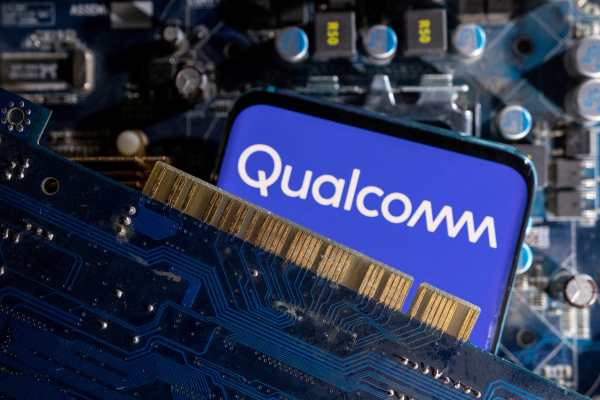Planning for the future of connectivity

Thomas Quinlan at Zscaler explains why many organisations are beginning to recognise the benefit of moving their work processes into the cloud
The evolution of connectivity is moving towards a networkless landscape. As organisations undertake digital transformation ventures, they are reconsidering the methods of linking individuals to data and systems.
Traditionally, connectivity involved granting network access to everyone for everything and then using policy to safeguard machines, services, and data.
Security and user experience complications have become much more prevalent, necessitating new thoughts on the future of connectivity.
To streamline, many organisations are turning to a zero-trust framework, aiming to establish secure connections for people and devices without extensive network involvement. Here, the network assumes a foundational role, with various forms of connectivity defined through software.
In a bid to further reduce traditional complexity, organisations are increasingly closing data centres and transitioning resources to the public cloud. This model recognises the manageability of cloud-based structures and their ability to align architectures with evolving business needs.
With subscription-based SaaS, the manual upkeep burden can be reduced. Even for on-premise data centres, transitioning to the cloud may mean service providers taking over computing resource management.
Moving to cloud-based infrastructures with hybrid working models gives staff the freedom to work from everywhere, addressing user experience concerns. In hybrid working scenarios, individuals just need a trust broker to connect them to the applications they require – using identity to enact policy-based access on an application level rather than on the network.
In such a vision, the traditional network provides the underlay for policy-based access. As new companies are built and enter the market – those who have always worked on/over the Internet by default, existing organisations will need to adapt to remain competitive.
Security concerns without physical infrastructure
In a world where traditional appliances at the network edge are becoming less relevant over time, security is still a concern. While some organisations may see the negative aspects of “losing control”, leadership teams should embrace a culture shift around the positives of new cloud-based infrastructures and their importance in connecting users to applications and services via identity and policy.
Leadership can enable collaboration between the network and security teams; having an understanding about identifying and determining what access is required and by whom is a good starting point. This helps both identify future connectivity requirements and security in a post-appliance world.
By incorporating Zero Trust applications into your existing infrastructure only authorised and authenticated users gain access to the required applications and services on a granular level.
For example, outward bound micro tunnels between the individual user and the trust broker, and the trust broker and the relevant application are stitched together by the security platform based on policies and user identity. Applications can remain obscured from the prying eyes of potential attackers, as they are shielded from internet exposure.
Furthermore, by facilitating a direct access path that bypasses traditional corporate networks, Zero Trust enhances the user experience, especially in scenarios involving Service Edges that merge computation with local access. Whether an employee operates from home or the office, the user experience becomes much more consistent heightened security postures are upheld.
Using AI to streamline access policies
Organisations face a significant challenge in establishing access rights and protocols. Determining who can access what within a corporate setup demands an understanding of the application ecosystem, user groups, and roles. A typical company with 10,000 users can initially group employees by functions or departments.
However, complexity may arise when exceptions are needed based on things like cross-functional requirements or third-party access.
Mapping the organisation’s application landscape is trickier. Here, AI emerges as a solution to generate vital business insights, forming the foundation for policy creation. AI’s capacity to create usage maps and analyse software utilization distinguishes it from manual administrative efforts. This insight enables AI to produce initial policies for human review, expediting the implementation of Zero Trust security.
Industry outlook
The journey towards the future of connectivity is contingent on the industry’s tolerance for risk and change. While some organisations are positioned to exit data centres, others will maintain core internal applications, leading to hybrid models.
Driven by factors like cost, complexity, and flexibility, numerous organisations are beginning to recognise the benefit of moving their processes into the cloud and embracing full data centre departure.
Those that have taken this step are already reaping the rewards of the future of connectivity – secure, convenient access from any device, anywhere to any resource for everyone.
Thomas Quinlan is Director of Transformation Architecture at Zscaler
Main image courtesy of iStockPhoto.com

Business Reporter Team
Most Viewed
Winston House, 3rd Floor, Units 306-309, 2-4 Dollis Park, London, N3 1HF
23-29 Hendon Lane, London, N3 1RT
020 8349 4363
© 2024, Lyonsdown Limited. Business Reporter® is a registered trademark of Lyonsdown Ltd. VAT registration number: 830519543





